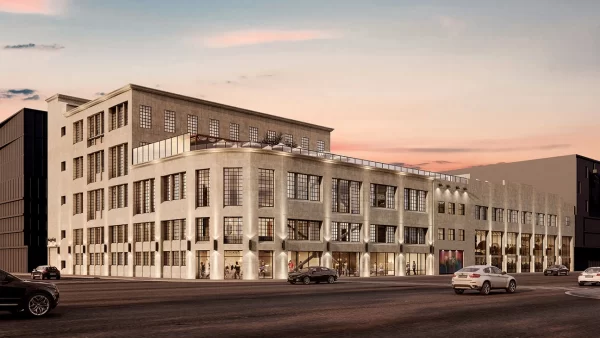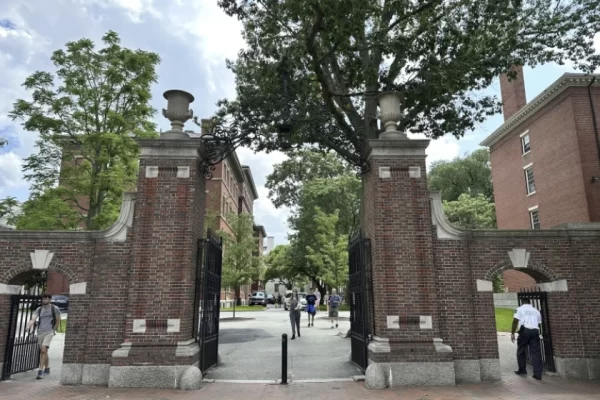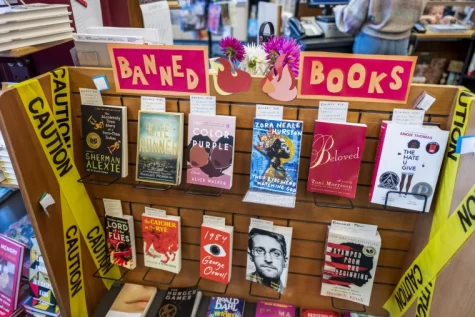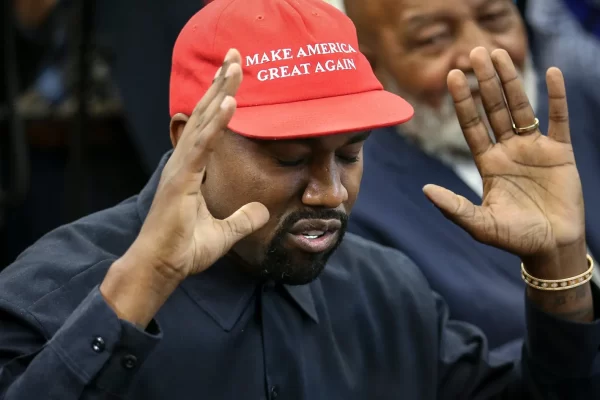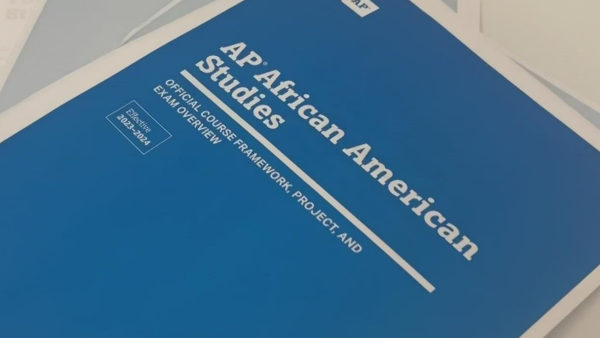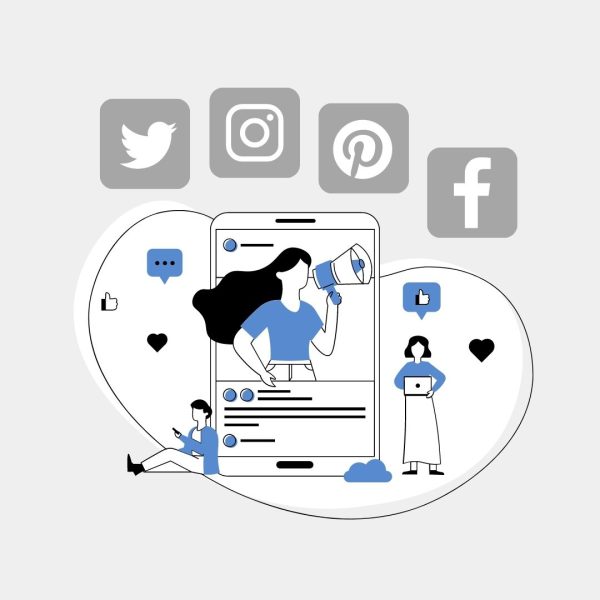Vogue, Glossier, and Performative Activism

Activists calling out issues of the fashion industry (Photo Courtesy Shayla Janel Hill).
Now more than ever, political consciousness and awareness are vital to personal and professional life. In the age of the Black Lives Matter movement and a renaissance in activism, it’s not enough to post a graphic on Instagram and expect your “activism quota” to be met. Racism has been an issue in the fashion industry for as long as it has existed, often expressed in the form of cultural appropriation. From the infamous Marc Jacobs’ SS17 show where a cast of all white models walked with dreadlocks, to the constant praise of the Kardashians for “creating” hairstyles that have long garnered discrimination on women of color, cultural appropriation is a major issue in the fashion industry.
Vogue, the pinnacle of fashion, sets the stage for an insensitive world, consistently receiving backlash for their performative activism. Vogue has faced criticisms that their Teen Vogue online platform is far more politically involved than their main magazine, suggesting that though they’re capable of effective activism, they don’t deem it important enough to pursue in print. Today’s supermodels, from Karlie Kloss to Gigi Hadid, have been embroiled in accusations of racism after their shoots in Vogue. In 2017, an editorial shoot titled “Spirited Away” featured Kloss in traditional Japanese geisha makeup and participating in stereotypically Japanese activities. The following year, Kendall Jenner was met with the same criticisms when Vogue published a spread of her with hair teased into an afro with super high contrast, giving the effect of darker skin. In both 2015 and 2018, Vogue did shoots with Gigi Hadid, in which she wore colorful afro-style wigs and wore makeup significantly darker than her natural skin tone. Coupled with a grayscale filter and high contrast, Gigi is unrecognizable and decidedly “not white.” If you were to somehow look past every racially insensitive shoot and appropriated style that Vogue has miscredited, you’d still be looking at top editors in blackface and a pattern of consistently rejecting video pitches from people of color. Though most records of it have been scrubbed from the internet, Vogue Japan editor, Carlotta Tabaroni, used to go out to parties in full blackface. Video pitches from major artists like Lizzo and Megan Thee Stallion were rejected for seemingly no reason besides the color of their skin. Women of color who have spent their lives working for a place at Vogue are mistreated and used as glorified assistants instead of writers, which is what they were hired to be. Anna Wintour publicly took the Fifteen Percent Pledge, promising that in all spaces at Vogue, 15% of shelf space would be dedicated to black-owned brands, but it’s hard to assess what kind of commitment this actually is, considering that Vogue isn’t actually a retailer. Vogue’s actions aren’t nearly enough; with an international brand and millions of followers across social media, their silence is complicit.
Another fashion untouchable is beginning to pay recompense for behaviors that have gone unchecked for too long. Glossier, long lauded for their non-traditional approach to beauty, is being called out for their microaggressive conduct in the workplace. Creating “cool girl” makeup to help you look like “you but better” and armed with the motto, “Skin first, makeup second, smile always,” one would hope that all skin tones were included and appreciated. Glossier’s first allegations of exclusivity came when their face products were released in five shades, only two of which could be reasonably considered medium or dark. They’ve since expanded to 12 shades, but when brands like Rihanna’s Fenty Beauty have upwards of 50 shades in their range, it’s evident that this isn’t enough. In mid-August, a collective of former Glossier employees of color came forward under the name “Outta the Gloss” and revealed the treatment that they’d faced as “Editors” at Glossier. When the Editors complained to their managers, they were simply told that they were lucky enough to be hired, and should be grateful instead of complaining. How can Glossier brand itself as makeup for the modern woman when it only cares about the modern white woman? A Muslim woman was openly gossiped about when she took her prayer breaks throughout the shift, even as she scheduled them based on how busy the store would be. On multiple occasions, Latinx employees were assumed to be food service employees and management began giving them instructions on how to serve food in exaggerated and over-pronounced english. Management at the Flagship location in New York refused to intervene when a woman would come into the store on a daily basis and harass Latinx “Editors”, calling them illegals. Though Glossier presents as a diverse company, with many BIPOC models, in practice their majority white management hasn’t been able to respond properly to the racism their employees face on a daily basis.
Glossier hasn’t acted on any of the demands made by “Outta the Gloss” (though they’ve made many promises with an “action plan”), and Vogue has remained silent in light of the backlash they’ve received over the years. Yet, those unaffected by the toxic cultures promoted by these brands will continue to support them because of their aesthetic and cult following. Glossier will be known for revolutionizing the “no makeup look” and Vogue will remain cemented as the fashion bible, regardless of the racism they’ve exhibited. Will the negatives presented by their actions ever outweigh the status given by their reputation? These brands continue to profit, giving them no reason to act on the requests of people actually affected by their racism. Thus far, their morals haven’t compelled them to listen to criticism, though hopefully that will change. There are so many other beauty brands and media sources run by BIPOC to support, but as we praise Glossier and Vogue as the holy grails of fashion, their performative activism will continue as people of color suffer.

Grade: 12
Years on Staff: 2
Why are you writing for the Flintridge Press?
I love to write and writing for the Press gives me freedom in topics...




